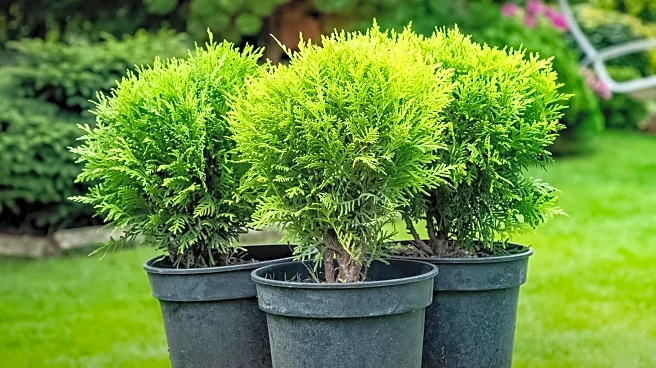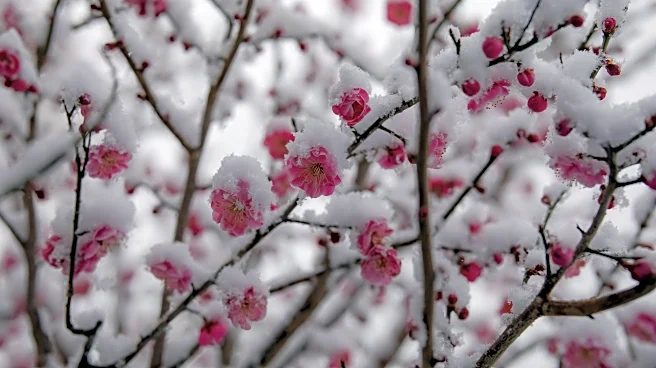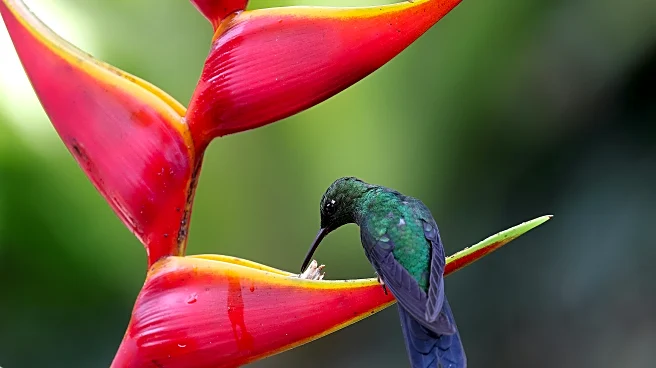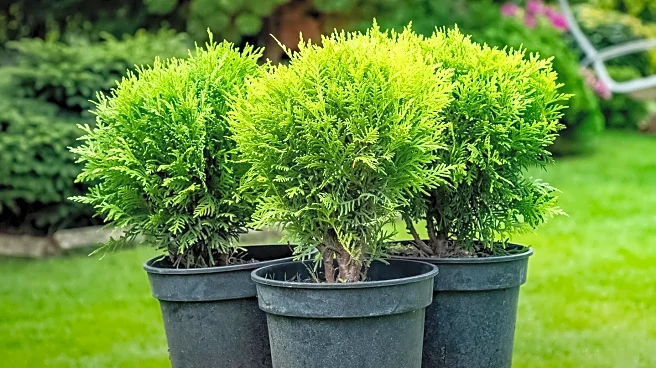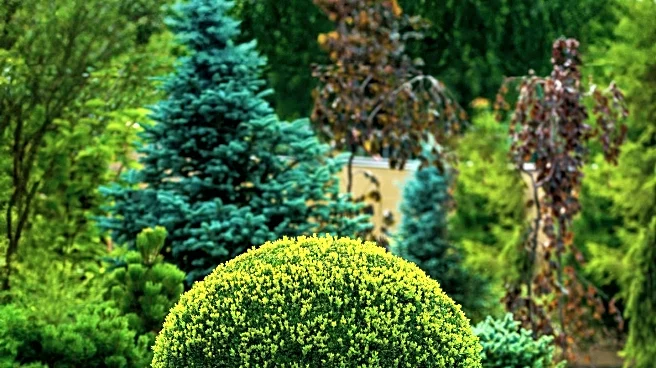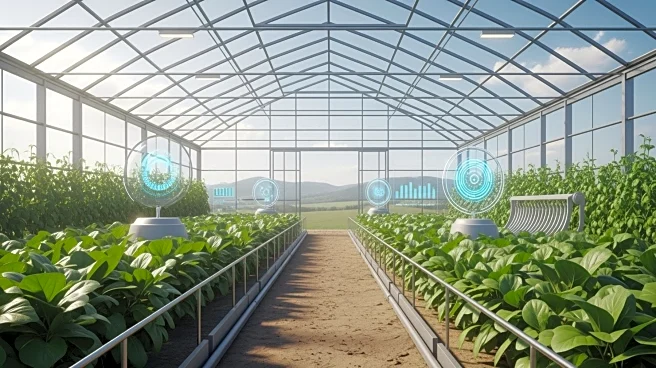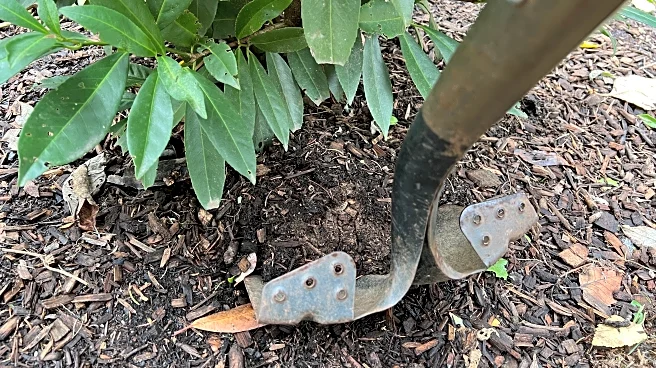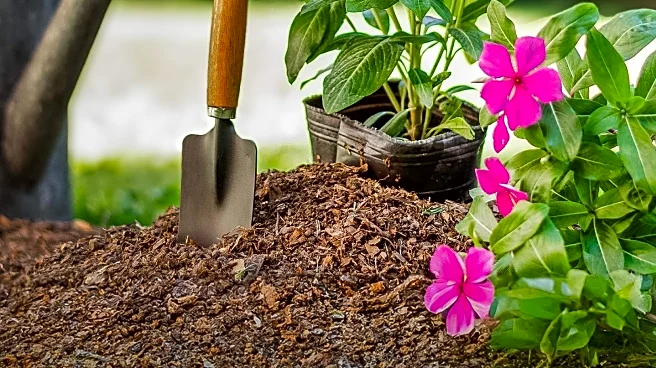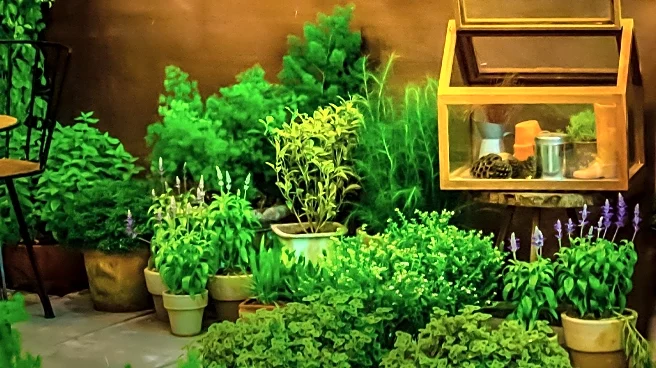What's Happening?
As fall approaches, gardeners are turning their attention to self-seeding plants that promise effortless beauty and sustainability. These plants, such as Black-Eyed Susans, Calendula, and Coneflowers,
naturally scatter their seeds, ensuring a vibrant garden year after year without the need for replanting. The process involves allowing seed heads to dry and disperse naturally, often aided by birds and wind. This method not only saves time and effort but also creates a dynamic and evolving landscape. Self-seeding plants are particularly popular for their ability to thrive with minimal intervention, offering a low-maintenance solution for gardeners who prefer a hands-off approach. The article highlights several varieties, including Nigella, Larkspur, and Poppies, each contributing unique colors and textures to the garden. By embracing these plants, gardeners can enjoy a self-sustaining garden that evolves with the seasons, providing continuous blooms and ecological benefits.
Why It's Important?
The trend towards self-seeding plants reflects a growing interest in sustainable gardening practices. These plants offer significant advantages, including reduced labor and cost, as they eliminate the need for annual replanting. This approach aligns with broader environmental goals by promoting biodiversity and reducing the use of resources such as water and fertilizers. Additionally, self-seeding plants can enhance soil health and support local wildlife, including pollinators like bees and butterflies. For gardeners, this means a more resilient and adaptable garden that can withstand changing weather patterns and environmental conditions. The popularity of self-seeding plants also indicates a shift towards more natural and organic gardening methods, which can contribute to healthier ecosystems and a more sustainable future.
What's Next?
As the gardening community continues to explore self-seeding plants, there may be increased interest in experimenting with different varieties and combinations to maximize aesthetic appeal and ecological benefits. Gardeners might also focus on educating themselves and others about the best practices for encouraging self-seeding, such as timing for seed dispersal and optimal growing conditions. Additionally, there could be a rise in community initiatives and workshops aimed at promoting sustainable gardening techniques. As awareness grows, more gardeners may adopt self-seeding plants, leading to a broader cultural shift towards eco-friendly gardening practices.
Beyond the Headlines
The adoption of self-seeding plants could have broader implications for urban planning and landscape design. As cities look to incorporate more green spaces, self-seeding plants offer a practical solution for maintaining vibrant and sustainable public gardens. This approach could also influence educational programs, encouraging schools to integrate gardening into their curricula to teach students about sustainability and environmental stewardship. Furthermore, the trend may inspire innovations in gardening tools and products designed to support self-seeding processes, potentially leading to new market opportunities in the gardening industry.


